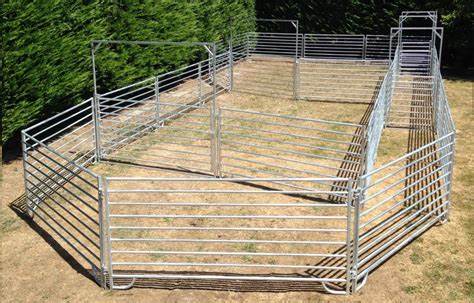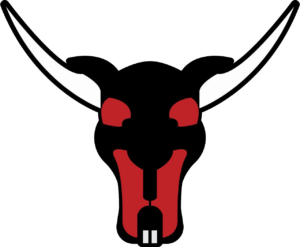Sheep Farming Potential in PNG
The PNG Protein Project was launched in December 2023 at the Koitaki Farm in Sogeri - Central Province. This becomes the pioneer sheep Project and all the sheep breeding will proceed from here
The picture below demonstrates a typical design of a sheep stockyard for sheep management. The sheep also goes through the same abattoir facilities for processing for final sheep meat products.
Papua New Guinea natural vegetation is ideally suitable for any sort of livestock activity. Below is a local sheep farmer in the Surunki valley in the Enga province engaged in small scale sheep farming in partnership with UNDP

Sheep farming, also known as sheep husbandry, involves raising sheep for various purposes, including meat (lamb and mutton), wool, milk, and other products. Here’s an overview of its key aspects:
1. Types of Sheep
• Meat Breeds: Breeds like Suffolk, Hampshire, and Dorset are raised mainly for their meat.
• Wool Breeds: Merino and Rambouillet are known for their high-quality fleece.
• Dairy Breeds: Breeds like East Friesian and Awassi are raised primarily for milk production.
2. Feeding and Nutrition
• A balanced diet consists of pasture, hay, grains, and mineral supplements. Pasture management is crucial for maintaining healthy sheep and optimizing wool and meat production.
3. Housing and Pasture Management
• Sheep need shelter to protect them from harsh weather, as well as a well-managed grazing area. Rotational grazing helps maintain pasture health and fertility.
4. Breeding
• Breeding practices can involve natural mating or artificial insemination. Selecting for traits like wool quality, growth rate, and disease resistance is essential for improving the flock.
5. Health Management
• Regular veterinary care, vaccinations, and parasite control are vital for maintaining sheep health. It’s important to monitor for common diseases and conditions that can affect sheep.
6. Wool Harvesting
• Shearing is done once or twice a year, depending on the climate and breed, to collect wool without harming the sheep. Proper handling and storage of wool maximize its value.
7. Market Considerations
• Understanding market demands for meat, wool, and milk can help in planning production. Farmers often sell directly to consumers or through intermediaries.
8. Environmental Impact
• Sustainable practices in sheep farming are important for minimizing environmental impact, including soil erosion and overgrazing.

